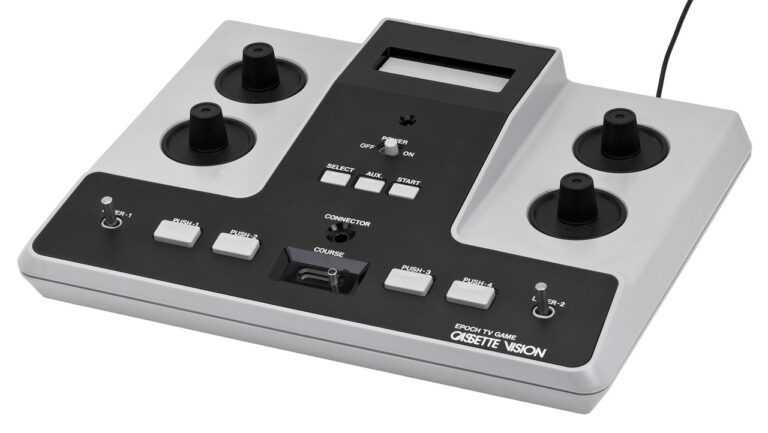Exploring the Impact of Gender Representation in Video Game Character Design
Gender diversity in video games is a fundamental aspect that impacts the overall gaming experience. By including a variety of gender representations in games, developers can create more inclusive and relatable virtual worlds for players. The presence of diverse gender identities not only reflects the real-world population but also allows for a broader range of storytelling and character development possibilities.
Moreover, embracing gender diversity in video games can help combat harmful stereotypes and biases that persist in society. By showcasing a wide range of gender roles and behaviors in games, developers have the opportunity to challenge traditional norms and promote more inclusive attitudes among players. This can ultimately lead to a more positive and enriching gaming environment for individuals of all genders.
Gender Stereotypes in Video Game Character Design
Gender stereotypes in video game character design have been a prevailing issue within the gaming industry. Characters often adhere to traditional gender norms, with male characters being portrayed as strong and heroic, while females are depicted as overly sexualized or in need of rescue. These stereotypes not only limit the diversity and representation in games but also perpetuate harmful societal expectations about gender roles.
The prevalence of gender stereotypes in video game character design can have a significant impact on players’ perceptions and attitudes. When players are consistently exposed to one-dimensional depictions of gender, it can reinforce narrow and unrealistic expectations in real life. This can be particularly harmful for younger players who are still developing their understanding of gender and identity. By challenging and diversifying the portrayal of genders in video games, developers have the opportunity to promote inclusivity and challenge harmful stereotypes within the gaming community.
• Gender stereotypes in video game character design limit diversity and representation
• Male characters are often portrayed as strong and heroic, while females are overly sexualized or in need of rescue
• These stereotypes perpetuate harmful societal expectations about gender roles
The impact of gender stereotypes in video game character design goes beyond the virtual world. Players’ perceptions and attitudes can be influenced by these portrayals, reinforcing narrow and unrealistic expectations about gender in real life. This is especially concerning for younger players who may internalize these stereotypes as they develop their understanding of gender and identity. By diversifying the portrayal of genders in video games, developers have the power to promote inclusivity and challenge harmful stereotypes within the gaming community.
Overall, addressing gender stereotypes in video game character design is crucial for creating a more inclusive gaming environment. By breaking away from traditional norms and offering diverse representations of genders, developers can help combat harmful societal expectations and empower players to embrace a wider range of identities. It’s time for the gaming industry to step up and take responsibility for promoting positive change through thoughtful character design that reflects the true diversity of human experiences.
The Influence of Gender Representation on Player Perception
Gender representation in video games has a significant impact on how players perceive the gaming experience. When female characters are portrayed as weak, overly sexualized, or in need of rescue, players may internalize these stereotypes and develop biased attitudes towards women both in gaming and real life. On the other hand, empowering and diverse representations of gender in games can challenge traditional roles and inspire players to embrace more inclusive perspectives.
Player perception is not only shaped by the gender representation of characters but also by the overall narrative and themes present in the game. Games that present strong, complex female characters as protagonists or leaders can break stereotypes and encourage players to see women in diverse roles beyond the traditional damsel in distress or sidekick. Furthermore, inclusive gender representation can create a more welcoming and engaging gaming environment for players of all genders, fostering a sense of belonging and acceptance within the gaming community.
Why is gender diversity important in video games?
Gender diversity in video games is important because it reflects the real world and helps to create a more inclusive and representative gaming environment for all players.
How do gender stereotypes impact video game character design?
Gender stereotypes can lead to the creation of one-dimensional and cliché characters that reinforce harmful stereotypes about gender roles and capabilities.
How does gender representation in video games affect player perception?
Gender representation in video games can influence how players view gender roles in society, as well as impact their own self-perception and attitudes towards gender equality.







